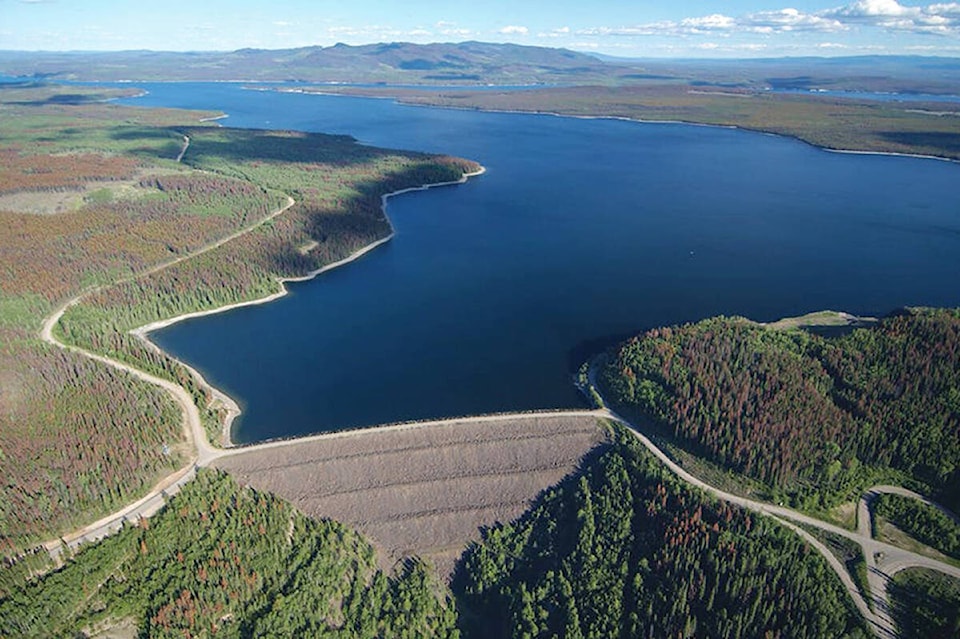After a decade-long legal battle, Saik’uz and Stellat’en First Nations saw the B.C. Court of Appeal hand out a landmark decision about Indigenous fishing rights.
The case involved both First Nations asserting their constitutional entitlements against Rio Tinto Alcan (RTA) and government bodies.
Originating from the 1950s legislation permitting the construction of the Kenney Dam so RTA’s predecessor Alcan could dam the Nechako River as part of its hydro-electric project to provide the power to run its Kitimat aluminum smelter, the case escalated as the First Nations said the project infringed upon their fishing rights on the Nechako River.
Saik’uz and Stellat’en argued that the construction and subsequent river management severely damaged their fisheries. They sought a court order to restore natural water flow.
The First Nations did not ask for a formal acknowledgment of their aboriginal title, but they did want it recognized enough to support their complaint. They also wanted British Columbia and Canada to make RTA stop their actions.
RTA defended its actions mainly by citing statutory authority. The First Nations argued that even if RTA’s statutory authority was valid, it shouldn’t apply to them under the Canadian constitution.
The case went to trial in 2019 but the First Nations unsatisfied with a B.C. Supreme Court ruling in January 2022 began an appeal.
On Feb. 26 the B.C. Court of Appeal found that fishing rights were infringed.
Saik’uz Nation chief Priscilla Mueller said yesterday’s ruling means that the Crown now has an obligation to make sure that their aboriginal rights are protected.
“In the first court case they [the government bodies] weren’t liable for any damage to that river, but now the Court of Appeal, basically says that Canada and British Columbia have a very strong fiduciary duty to protect our rights to fish in that river,” Mueller said.
“Now we are going to be putting, you know, like a lot of pressure on the government and province to make sure that we have a seat at the table when it comes to you know, regulating that water in the river,” she added.
The decision has been “a long time coming,” she said, adding, “It’s been almost 11 years since the court case started.”
In response to the appeal decision, RTA said it remains fully committed to working with the Saik’uz and Stellat’en First Nations, as well as other First Nations, to build mutually beneficial, respectful and transparent relationships in a spirit of reconciliation.
The company said it shares the goal of improving the health of the Nechako River and will collaborate with all stakeholders involved in the Nechako Reservoir management process.
“Rio Tinto is pleased that the court recognized that Rio Tinto has operated within the scope of its licence and that lawful operation of its facilities does not constitute wrongful conduct,” said a Rio Tinto spokesperson in an email statement.
“The decision will not affect how we engage with Indigenous Peoples in Canada, nor the plaintiffs in this case. Our goal remains to build meaningful relationships based on transparency, trust and respect,” the statement further said.
The company said it cannot comment further until they have had the opportunity to fully review and consider the Courts’ decision.
BC Court of Appeal’s full statement can be read here
